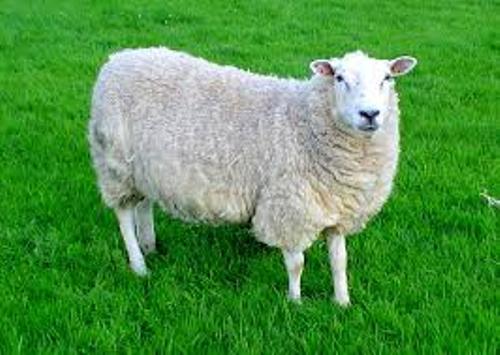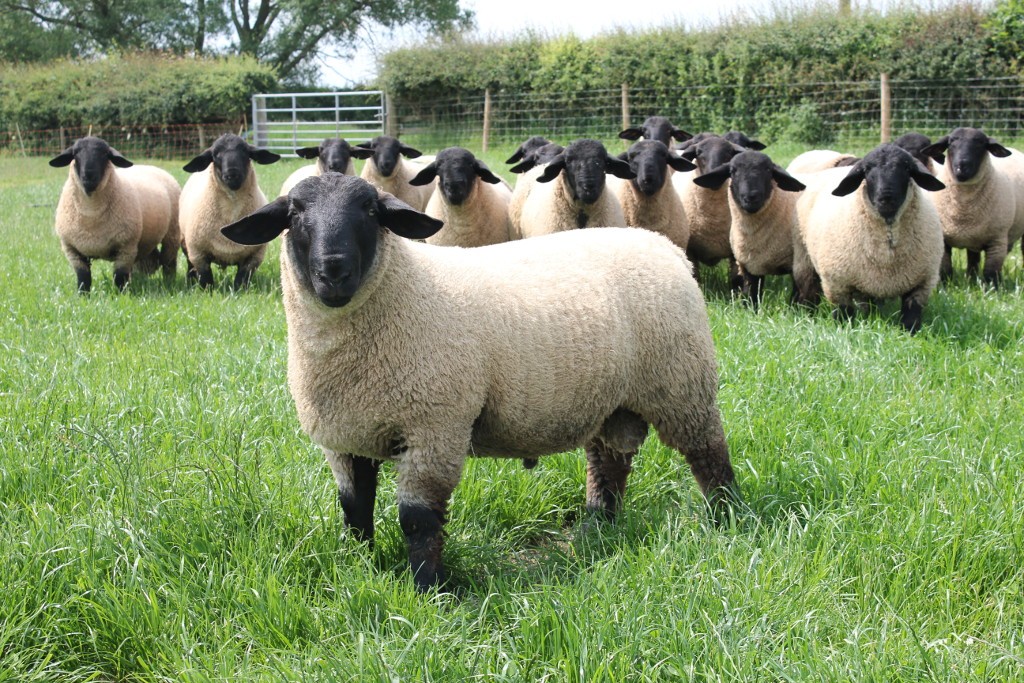

The head is large, and the face is lengthy, dark-colored, and not wooly from the eyes down. Their ears are slightly extended, thick, covered in coarse dark brown or black hair, drooped, and have no wool covering. This breed fits most people’s stereotypical ideal sheep thanks to its white-wooled, dark face and a Roman nose under a wool cap. Appearance & VarietiesĪ post shared by Atelier Pure Laine Hampshire sheep are white, large, open-faced, masculine, and with deep blocky compact bodies, making them seem like the sheep world’s oxen. The good thing is that its aggressiveness is less harmful and can’t injure that much. They are also alert and are sensitive to small things happening around them and can attack anyone around them if angry. However, some shepherds describe them as quiet and with a laid-back disposition. These sheep are big and active, with intimidating looks that make them suitable for exhibitions. The Hampshire Down breed is a hardy animal that adapts to almost all climatic regions. The good thing is that the sheep are easier to handle, and their facilities and equipment are usually much less expensive than other livestock. This breed is worth investing in regardless of the price as it guarantees a double or even triple pay-off. What dictates its price is the high-quality meat, valuable wool, its breeding, age, and of course, the weight. This sheep’s price can be relatively high because of its multipurpose uses such that an adult Hampshire’s ranges between $550 to $3,000. Its wool is useful and can be transformed into fabrics and other items. The Hampshire is also renowned for its market lamb production and selective crossing.

The Hampshire sheep’s most significant advantage is high-quality meat production, thanks to the fact that they are genetically able to convert forage into muscle and fiber. These species are proven performers and adapt to different America’s geographical regions. Since then, American breeders have selected the Hampshire sheep breeds to fit the world market’s demands. There were no further importations until 1879 before the American Down Sheep Breeder’s Association recognized it later in 1889. The first Hampshire breed came to America in 1840, although no records show any of the sheep survived the Civil War. The districts’ farmers then continued to crossbreed to maximize the flocks and improve the Hampshire Down on Wiltshire, Hampshire, and Berkshire’s less viable soils. William Humphrey, also made an invaluable contribution by introducing the two of the largest and most outstanding Southdown rams. The lanolin is used in hand lotions.A post shared by first farmer to breed the sheep was John Twynam, who crossed his Hampshire flock with an improved Cotswold ram. Clean wool fibers most often are made into clothing or blankets.

Fleeces are washed and the wool grease (lanolin) is extracted and used in lotions. Wool removed from a single sheep is called a fleece. The shearing process is not painful to the sheep. Most sheep grow wool continuously and they should be shorn annually. Sheep are provided fresh food and water, and protected from disease and predation. To protect this resource, shepherds tend flocks of sheep with care and respect for the animals. Early on, wool was a vital resource to support human life. Domesticated sheep have been shorn since the dawn of civilization.


 0 kommentar(er)
0 kommentar(er)
